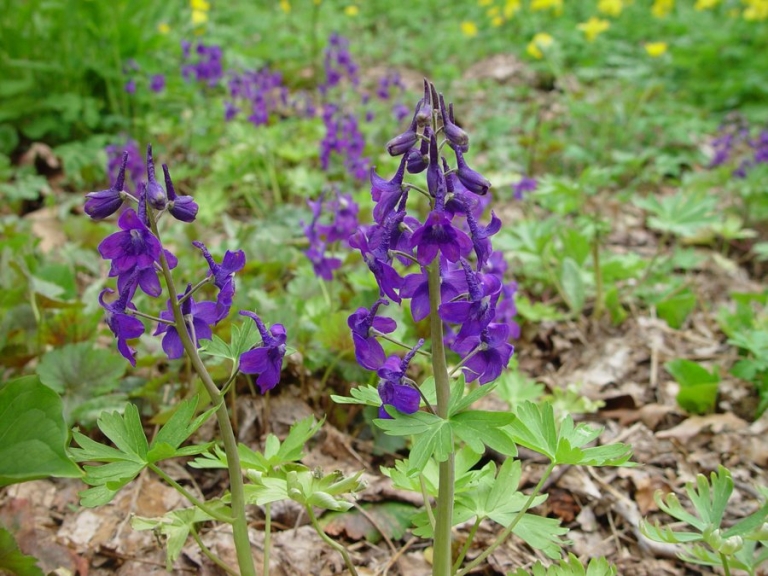
RENICK, W.Va. — Some of the most precious of West Virginia wildflowers are spring ephemerals. Fleeting in nature, they are gone in a heartbeat. Though they may seem to have vanished by early summer, many leave a remembrance, a clue, if you will, for you to find them next spring—a dried-up leaf, a flower stalk, or a seed pod that lasts all spring, summer, and fall.
Some also return for a mid-summer engagement. One treasure that fits that description is Allium tricoccum, the plant that made West Virginia famous. You may be acquainted with this plant under the local name, “Ramps.”
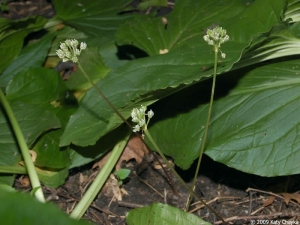
Ramps, as we know them, are one of our earliest friends, one that we look forward to all winter. When they emerge with their two very sexy, lily-like leaves, we know that the show has started. However, it’s not long before those two sexy, dark green, supple leaves turn yellow and disappear. The biochemical machinations that occur in that little underground chemical factory, the bulb, are invisible to the naked eye.
Before we know it, right smack-dab in the middle of where once two leaves resided after about a month-long wait, there appears a 12- to 18-inch stalk with a single globular white flower that lasts longer than the leaves did. That flower provides nectar and pollen to the tiny little creatures that fly and crawl in the woods.
Eventually, there is sex, as we know it, and the minute pollen grains find their way down the pollen tubes, meet the ovaries, and voila! Seeds are created. It takes the rest of the summer and most of autumn for these very visible, very attractive seeds to ripen, offering us yet another clue as to where to find a plant in the spring.
The seeds are very attractive—the blackest black—and so shiny that we can almost use them as mirrors. You can grow ramps from seed easily. They sometimes take two years to germinate and five years to mature into an edible delight.
One of my favorites and original inspirations for this article is our native “Dwarf Larkspur,” Delphinium tricorne. Almost everyone is familiar with the large, long-stemmed delphiniums that commercial florists use. These delphs are from a biennial species in the genus Delphinium.
Our native West Virginia resident, Delphinium tricorne, on the other hand, is a perennial plant that not only returns every spring from the tuberous rhizome that it grows from but also seeds itself around to form a delightful colony. If you should miss the bloom, you can try to look for the unique three-pointed seed pod that gave this plant its scientific name.
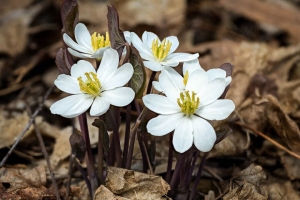
Another somewhat ephemeral spring wildflower is Jeffersonia diphylla. Its common name is “Twinleaf,” and it’s in the same family as “May Apple,” Podophyllum peltatum, and “Blue Cohosh,” Caulophyllum thalictroides. Jeffersonia, named for Thomas Jefferson, is only half ephemeral. What I mean by that is the lovely, pure white, silver dollar-sized flower shatters when hit by a raindrop or a stiff breeze.
However, this plant is very robust, will last the growing season, and even looks like a small shrub when it matures. It has very unusual tubular seed pods with a little lid on the top that opens when the seeds are ripe. The pod is full of medium-sized, shiny brown seeds. This is an easy plant to grow from seed. The plant itself is very reliably perennial.
So there you have it for now. This is just the tip of the iceberg of the astounding array of perennial wildflower plants native to West Virginia. Shut off your TV, and get out to start discovering the wonders of nature and appreciate the fantastic area we are fortunate enough to live in. Peace Out! ~ Glickster
Native W.Va. garden plants may go unnoticed in the wild
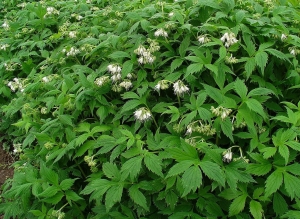
A picture speaks a thousand words, and that’s a good thing because I have a lot to say about this plant that could best be told in pictures. And I’d be happy to hear that this article stimulated you enough to hunt for Hydrophyllum virginianum in the wild this spring. First, let’s chat about the name of the genus—Hydrophyllum, Latin for "waterleaf." READ THE FULL STORY HERE.
Barry Glick's mountaintop garden and nursery attract gardeners from every country in the world. He writes and lectures extensively about native plants and hellebores and welcomes visitors with advance notice. He can be reached at barry@sunfarm.com, Sunfarm.com, or 304-497-2208.






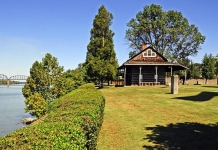
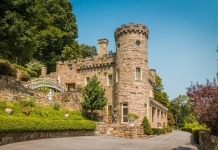



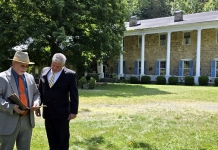
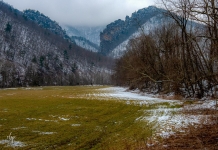
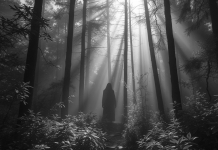

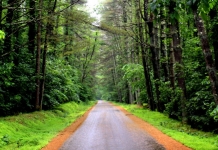
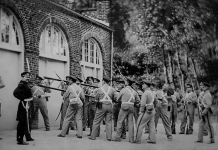





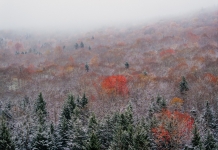
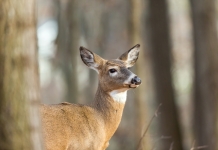
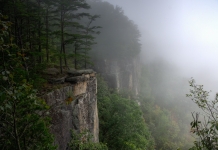








Facebook Comments